
Setting up and maintaining a salt water fish tank can seem daunting due to the delicate balance required in a marine aquarium. With proper planning, research, and attention to water chemistry and livestock compatibility, both beginners and experts can create a thriving ecosystem that brings a piece of the ocean into their space. This guide covers planning, equipment selection, water preparation, livestock compatibility, coral care, water chemistry management, maintenance practices, cost considerations, and aquascaping techniques.
What Are the Essential Steps to Set Up a Salt Water Fish Tank?
Setting up a salt water fish tank involves clear, step-by-step actions. First, plan the tank size, design layout, lighting, and filtration options while considering both aesthetics and species needs. Next, select the appropriate tank and gather necessary equipment including protein skimmers, pumps, heaters, and lighting systems. Then, prepare the water by dissolving marine salt into purified water and carefully monitoring salinity and temperature. Finally, initiate the cycling process to establish beneficial nitrifying bacteria that convert toxic ammonia to nitrite and then to nitrate. Proper cycling is critical before introducing any fish or coral to ensure that waste products are safely broken down.
How Do You Choose the Right Salt Water Fish Tank Size?
Choosing the right tank size depends on factors such as water stability and species growth. Larger tanks offer enhanced stability against fluctuations, thus providing a more robust environment. Beginners are advised to use a minimum of 30 gallons for hardy species, while 75–100 gallon tanks are preferred for reef setups. In addition to volume, tank shape matters as it influences water flow and gas exchange. A careful assessment of available space, desired marine life, and budget will help in selecting the ideal tank.
What Aquarium Equipment Is Needed for a Salt Water Fish Tank?
A successful salt water fish tank requires key specialized equipment to mimic a natural marine habitat. Essential items include: - A high-quality protein skimmer to remove organic waste - A pump for water circulation - Salt water-compatible filters - A heater for temperature stability - Lighting that supports coral growth - A hydrometer or refractometer for salinity measurements
Modern electronic controllers are valuable for monitoring water parameters such as pH and nitrate. Depending on whether the tank is fish-only or a coral reef system, additional items like actinic lighting or live rock may be necessary.
How Do You Prepare Salt Water and Cycle the Tank?
Preparation involves accurately mixing marine salts with purified water to achieve a specific gravity between 1.023 and 1.026. This must be done before the tank is fully assembled to ensure even mixing. Once filled and equipped, the tank enters a cycling phase lasting 4–8 weeks. During this time, nitrifying bacteria convert toxic ammonia first to nitrite and then to less harmful nitrate. Using a small dose of ammonia or introducing live rock from an established system can help accelerate the process. Successful cycling is confirmed when ammonia and nitrite levels drop to zero while nitrate remains at manageable levels.
Which Marine Fish Species Are Best for Salt Water Fish Tanks?
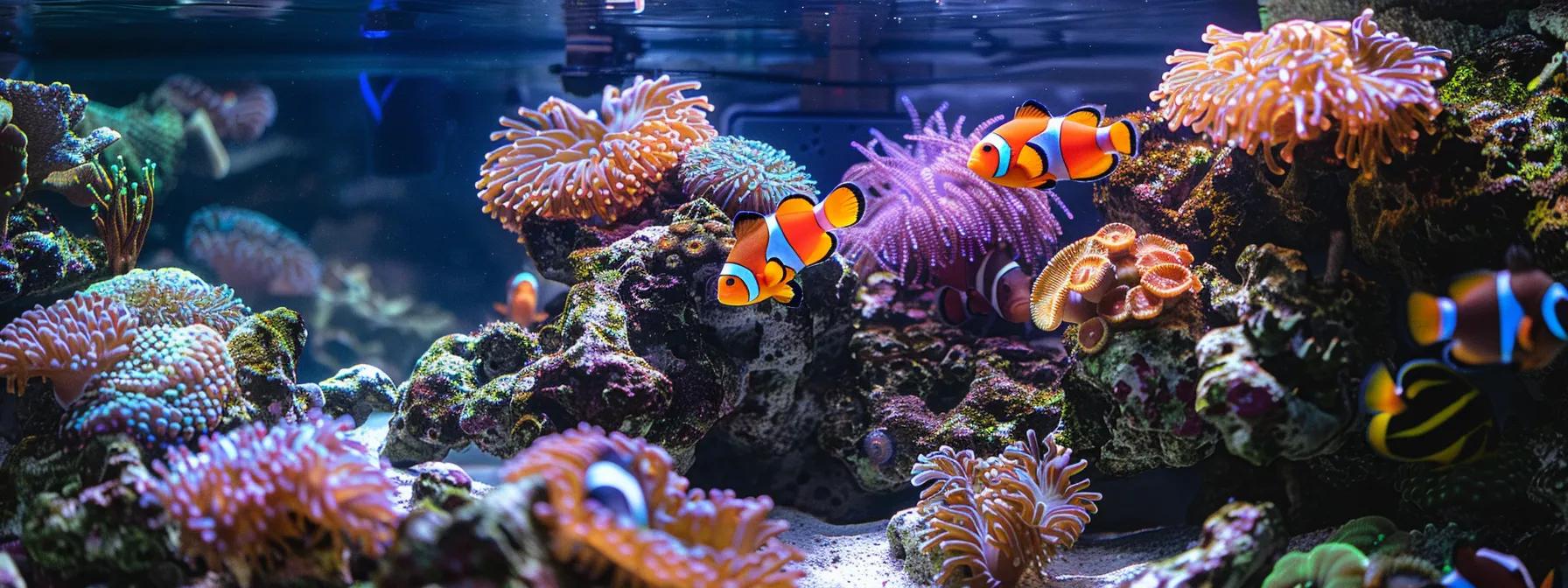
When selecting marine fish, it is important to choose species known for hardiness and compatibility with a closed environment. For beginners, adaptable species that tolerate minor water parameter changes are ideal. Common choices include:
- Ocellaris Clownfish: Known for their hardiness and ease of care.
- Banggai Cardinalfish: Valued for their peaceful nature and small size.
For advanced aquarists, more delicate species like certain wrasses or tangs may be viable if water parameters are strictly maintained. Researching compatibility charts and consulting experienced hobbyists can help in forming a balanced community.
How Do You Ensure Compatibility Among Salt Water Fish?
Ensuring compatibility involves researching each species’ temperament and social needs. Use compatibility charts to assess dietary preferences, territorial behavior, and space requirements. Consider whether a species is schooling or solitary and introduce new fish gradually, often after quarantine. A well-designed tank layout with ample hiding spots further reduces the potential for aggression and stress.
How to Select and Care for Coral Species in a Salt Water Fish Tank?
Corals add beauty and help create a balanced ecosystem but have specific care needs. When choosing corals, consider: - SPS (Small Polyp Stony) Corals: Require high lighting, strong water flow, and strict parameter stability. - LPS (Large Polyp Stony) Corals: More tolerant but still need precise care. - Soft Corals: Generally easier to maintain with more flexible lighting and flow needs.
Proper coral care involves stable water parameters, particularly in terms of calcium, magnesium, and alkalinity, and ensuring sufficient, high-quality lighting. Coral placement should maximize light exposure and water movement to promote nutrient distribution.
What Lighting and Filtration Do Corals Need?
Corals thrive under specialized lighting such as full-spectrum LEDs or metal halide fixtures that simulate natural sunlight. The adjustable intensity is important to cater to different coral requirements. Filtration systems in coral tanks must address mechanical, biological, and chemical processes, often using protein skimmers and refugiums to remove toxins and provide effective water circulation and gas exchange.
How Do You Manage Water Chemistry in a Salt Water Fish Tank?
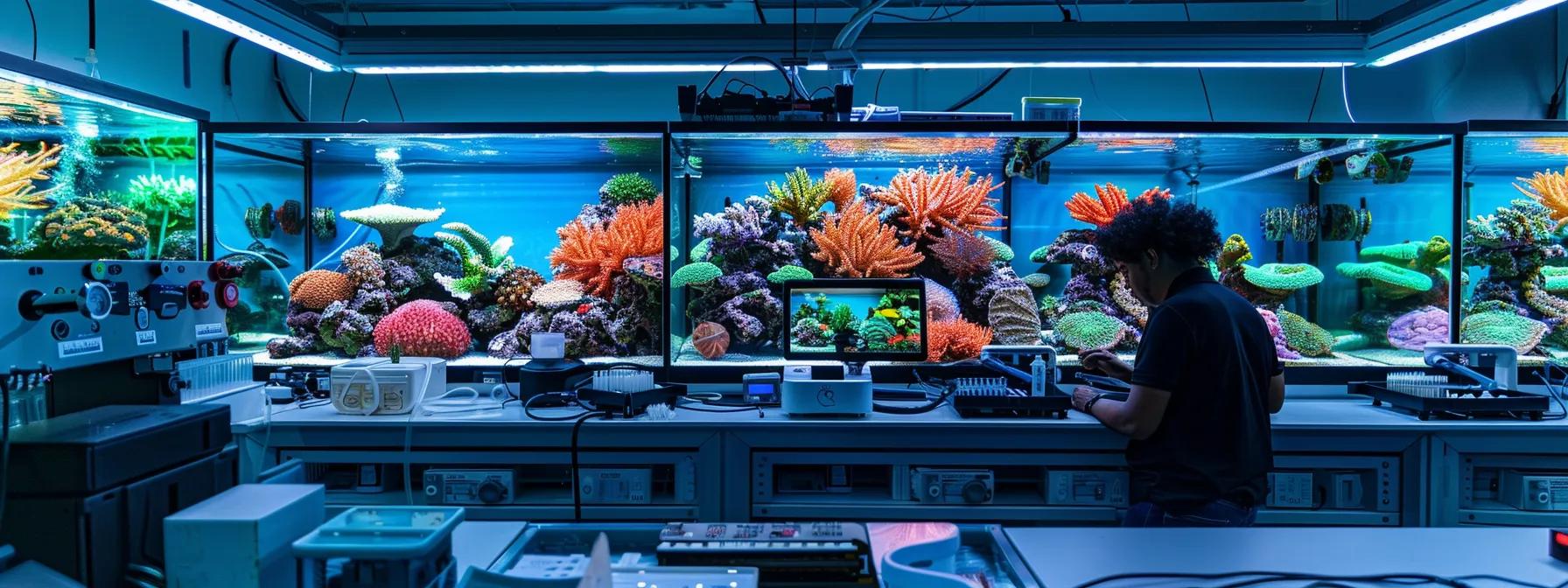
Managing water chemistry is crucial to the success of any salt water aquarium. Key elements to monitor include salinity, nitrate, nitrite, pH, calcium, and alkalinity. Regular testing using quality kits helps identify deviations early. In addition, monitoring water temperature and dissolved oxygen levels is essential, as these factors interconnect with chemical balances. Scheduled water changes, chemical media, and automated dosing systems all contribute to maintaining an optimal environment.
What Are the Best Practices for Salt Water Fish Tank Maintenance?
A well-maintained salt water tank requires a reliable maintenance routine addressing both mechanical and biological aspects. Regularly cleaning equipment like protein skimmers, filters, and pumps prevents clogging and maintains performance. Routine water testing is vital to catch early signs of imbalance, while scheduled water changes and substrate cleaning help manage algae growth and nutrient buildup.
How Often Should You Clean and Maintain Equipment?
Typically, protein skimmers should be cleaned weekly and mechanical filters bi-weekly. Pumps and circulation devices warrant a monthly inspection, and seasonal servicing can prolong equipment lifespan. Keeping a cleaning log ensures timely interventions and helps prevent disease outbreaks.
How Do You Control Algae and Prevent Common Problems?
Control algae by balancing nutrients, regulating light exposure, and using biological grazers such as tangs or snails. Regular water changes and the use of phosphate removers are effective strategies. Additionally, manual scraping during cleaning sessions and careful feeding practices can significantly reduce algae proliferation.
When and How Should You Quarantine New Fish or Corals?
New livestock should be placed in a quarantine tank for 4–6 weeks to monitor for signs of disease such as abnormal behavior or discoloration. This precaution allows for safe treatment without risking the main tank’s ecosystem.
How Much Does It Cost to Set Up and Maintain a Salt Water Fish Tank?
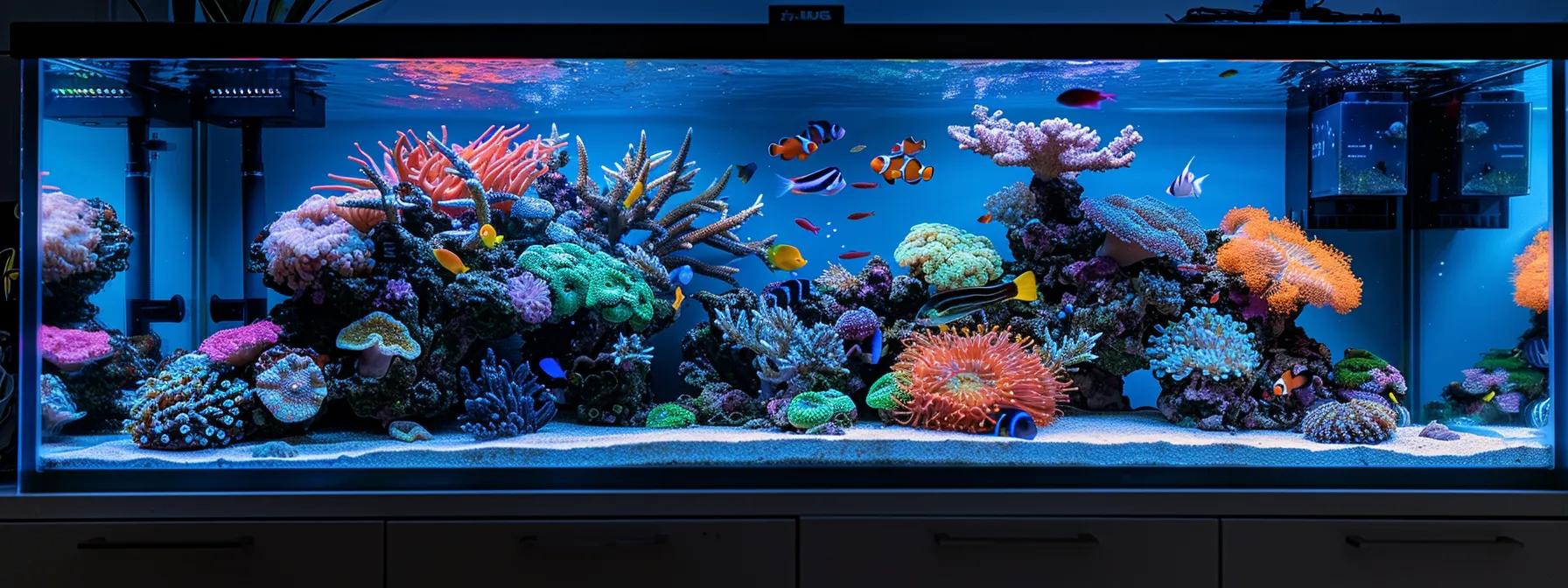
Setup and maintenance costs vary widely based on tank size, equipment quality, livestock selection, and maintenance protocols. Initial costs may range from a few hundred dollars for a basic tank to several thousand dollars for a custom, automated reef system. Ongoing expenses include salt mixes, supplements, energy consumption, and periodic equipment replacements. Budget, mid-range, and high-end setups cater to different financial plans and desired levels of sophistication.
What Are the Budget, Mid-Range, and High-End Tank Setup Options?
- Budget Setups: Typically involve a basic 30–50 gallon tank with manual filtration and minimal lighting.
- Mid-Range Setups: Feature enhanced protein skimmers, LED lighting, and robust filtration systems.
- High-End Setups: Offer custom-built tanks with automated dosing, high-intensity lighting, and advanced monitoring systems designed for elaborate reef aquascaping.
How Do Equipment and Livestock Affect Overall Costs?
High-quality equipment and captive-bred or acclimated livestock may cost more upfront but reduce long-term issues and maintenance needs. Lower-cost options might require more frequent replacements or treatments, impacting ongoing expenses.
What Are the Long-Term Expenses of Salt Water Tank Maintenance?
Long-term expenses include routine water treatments, cleaning, and eventual equipment replacement. Energy costs for lighting and heating, along with consumables such as salt mixes and supplement dosing agents, contribute to recurring costs. A detailed budget plan helps manage these expenses over time.
| Setup Level | Initial Cost Estimate | Key Equipment Features | Expected Ongoing Costs |
|---|---|---|---|
| Budget | $300–$600 | Basic tank, manual filtration, minimal lighting | Low maintenance, basic supplements |
| Mid-Range | $1,000–$3,000 | Enhanced protein skimmer, LED lighting, robust filtration | Moderate energy and supplement costs |
| High-End | $5,000+ | Custom tank, automated dosing, high-intensity lighting | Higher maintenance, energy, upgrade costs |
How Can Aquascaping Enhance Your Salt Water Fish Tank?
Aquascaping—the art of arranging aquatic plants, rocks, and decor—enhances both the look and functionality of a salt water aquarium. A well-thought-out aquascape provides natural hiding spots, supports beneficial bacterial growth, and improves water flow and light penetration. Its design directly affects water chemistry, reduces stress, and helps control algae growth, contributing to the overall stability of the marine ecosystem.
What Are Popular Aquascaping Techniques for Salt Water Tanks?
Popular techniques include: - Using natural rock formations and creative substrate designs to mimic natural reef structures - Stacking or cascading live rock to create hiding spots and promote beneficial microorganism growth - Incorporating decorative elements that enhance visual appeal while serving a functional purpose
How Do You Choose Live Rock, Substrate, and Decor?
Select live rock based on its porosity and potential to host beneficial bacteria. Substrate choices, such as crushed coral or aragonite sand, help buffer pH and supply calcium essential for coral growth. Choose decor that not only looks appealing but also provides shelter and attachment sites for marine life. Sourcing from reputable suppliers minimizes the risk of pests or contaminants.
How Does Aquascaping Impact Fish and Coral Health?
Effective aquascaping creates a natural setting that reduces stress for fish and promotes better immune function. It ensures that corals receive optimal water flow and light, which are critical for photosynthesis and calcification. The structured environment also aids nutrient cycling by encouraging the growth of beneficial microorganisms.
Frequently Asked Questions
Q: What is the most critical factor in setting up a salt water fish tank?
A: Establishing a balanced ecosystem through proper cycling and water chemistry management is key. Monitoring pH, salinity, nitrate, and calcium levels helps support marine life and prevent disease.
Q: How long does it take to cycle a new salt water tank?
A: Cycling typically takes 4 to 8 weeks, allowing beneficial bacteria to convert toxic ammonia and nitrite into less harmful nitrate.
Q: Can I mix different species of marine fish in one tank?
A: Yes, but compatibility research is essential. Select species with similar habitat requirements, temperaments, and diets to ensure a harmonious community.
Q: What lighting is best for a coral reef tank?
A: Full-spectrum LED lighting with adjustable intensity is ideal, as it supports both coral growth and overall tank aesthetics by simulating natural sunlight.
Q: How frequently should maintenance tasks like water changes be performed?
A: Typically, 10–20% water changes are recommended weekly or bi-weekly, depending on the tank’s bioload, to manage nitrate and phosphate levels.
Q: Are high-end equipment and automation necessary for beginners?
A: Not necessarily. Beginners can start with basic, reliable equipment and upgrade gradually. However, using quality test kits and consistent maintenance practices is crucial.
Q: What safety measures should be taken when introducing new livestock into the tank?
A: New fish or corals should be quarantined for 4–6 weeks to monitor for disease, ensuring they do not compromise the established ecosystem.
Final Thoughts
The journey of setting up and maintaining a salt water fish tank is both challenging and rewarding. By focusing on proper planning, equipment selection, water chemistry balance, and thoughtful aquascaping, hobbyists can create a visually stunning and environmentally stable aquarium. Consistent monitoring, routine maintenance, and continual learning are essential to achieving long-term success and fostering a deep appreciation for the marine ecosystem.



 Aquariums & Supplies
Aquariums & Supplies
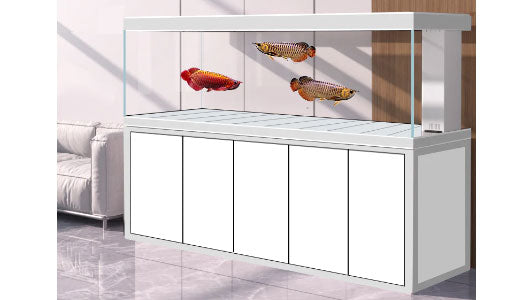

 Coral Reef Aquariums & Supplies
Coral Reef Aquariums & Supplies
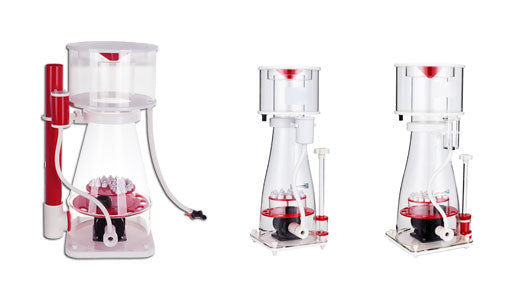

 Garden & Hydroponics & Landscape
Garden & Hydroponics & Landscape
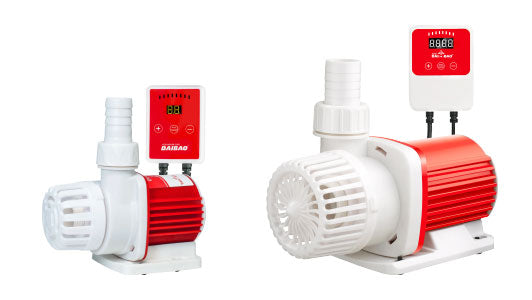

 Ponds & Fountains & Waterfalls
Ponds & Fountains & Waterfalls
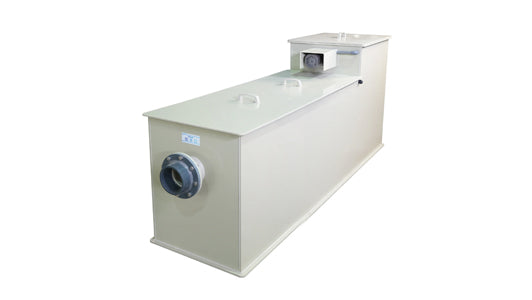

 Drum Pond Filter
Drum Pond Filter
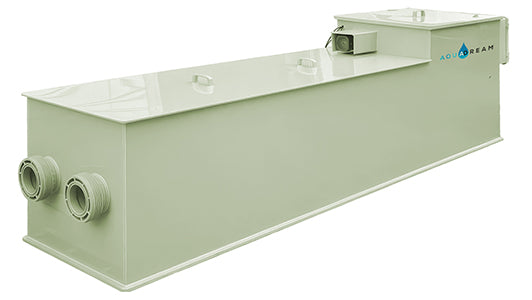
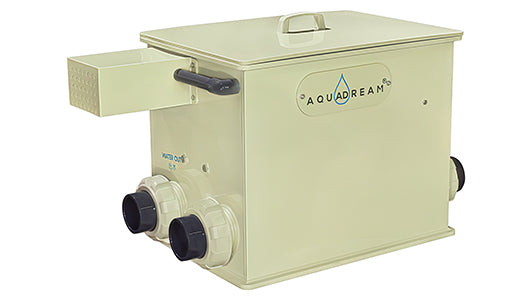

 Community
Community
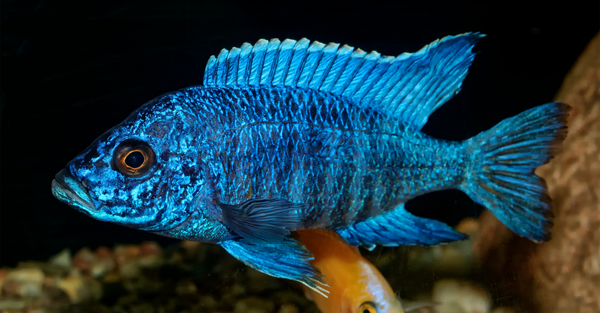
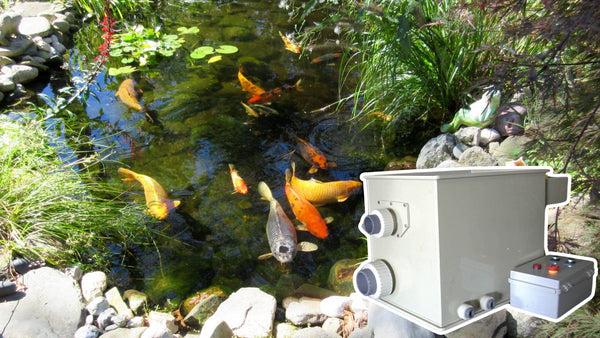

 Help Center
Help Center





.png)



